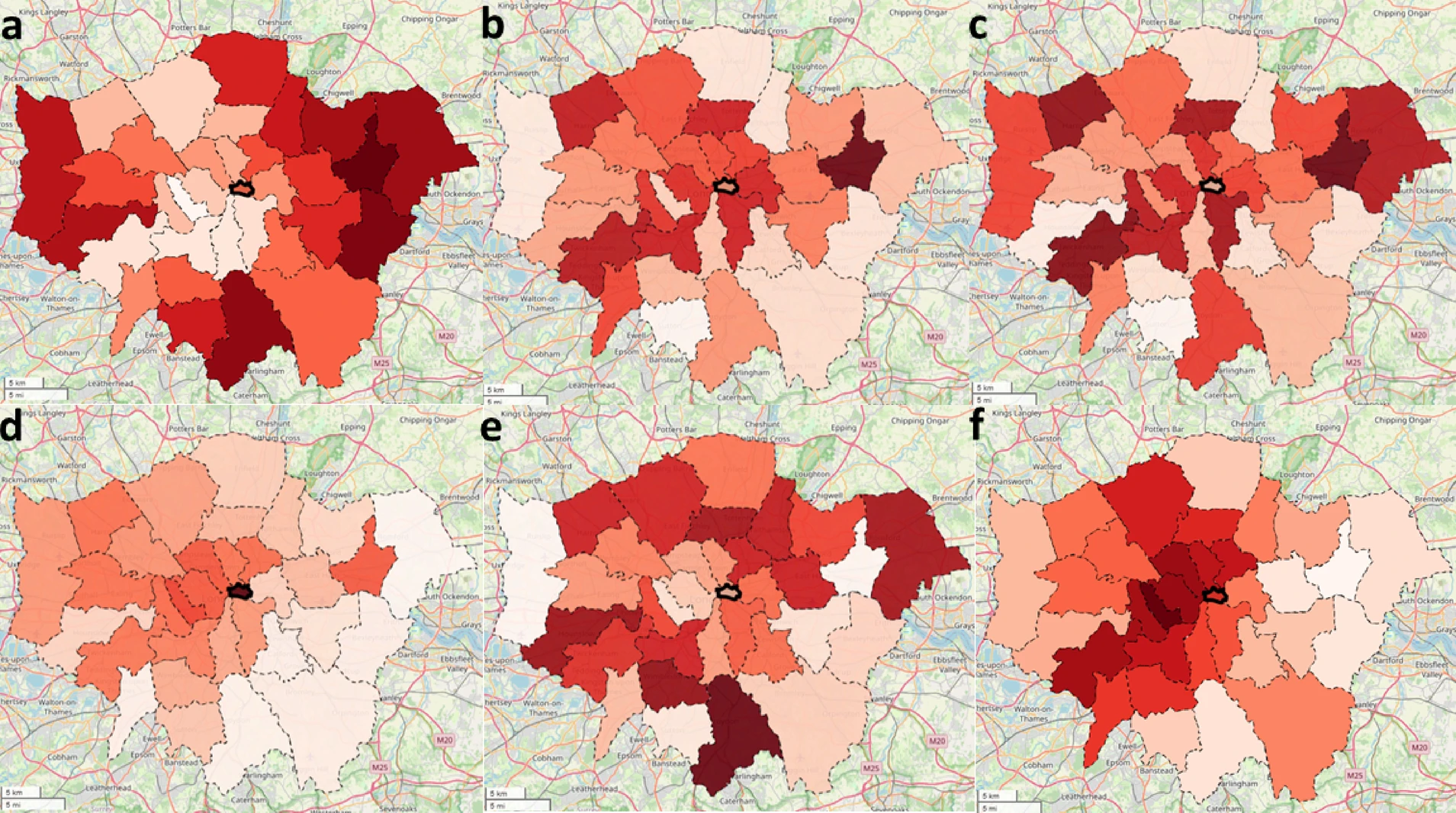

The researchers examined about 222,000 menu items from over 2,000 restaurants in Boston, about 1.6 million menu items from roughly 9,000 restaurants in Dubai, and about 3.1 million menu items from about 18,000 restaurants in London. In Boston, about 71 percent of the items were in the USDA database; in Dubai and London, that figure was 42 percent and 56 percent, respectively.
So only 3 cities, with London getting the best dataset.
In Dubai, the researchers did not have the same types of health data available but did observe a strong correlation between rental prices and the nutritional value of neighborhood-level food, suggesting that wealthier residents have better nourishment options.
This makes a case for “correlation does not mean causation”. The title usues the word “link”, but it sounds like poor neighborhoods have cheap restaurants because that’s what customers can afford, which is just another way of saying there’s a correlation between obesity and low incomes.
The research moves toward evaluating the complex mix of food available in any given area, which can be true even of areas with more limited options.
Okay, I appreciate that this is now adding to the data about what food options are available. So even though it sounds like something we already knew, having more proof from a different view is a Good Thing.
Notice that A is obesity prevalence and F is housing prices, which we’d expect to be opposites. There seems to be correlation with A and C. It would be easier to read all of this if F was reversed to ‘lowest housing rates’ or some such.

Edit: above image of the London breakdown is from the cited paper which also breaks down the same factors for Boston and Dubai.






I hope those researchers get paid extra.
<shudder> There’s no way those 22 could have been paid enough.